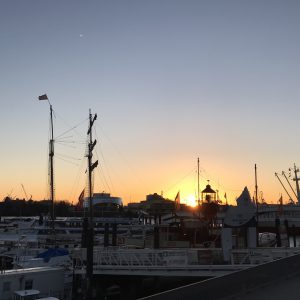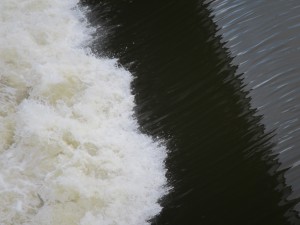
I see a new hashtag in my future #oceanographyofpuddleswithreflectionsofElbphilharmonie
There is a theme these days: one of Hamburg’s most famous sights, the concert hall called Elbphilharmonie. And not only is it a pretty impressive buildings, it’s located right at…



